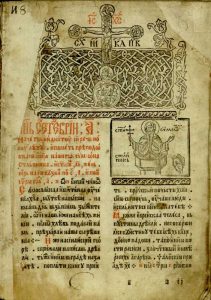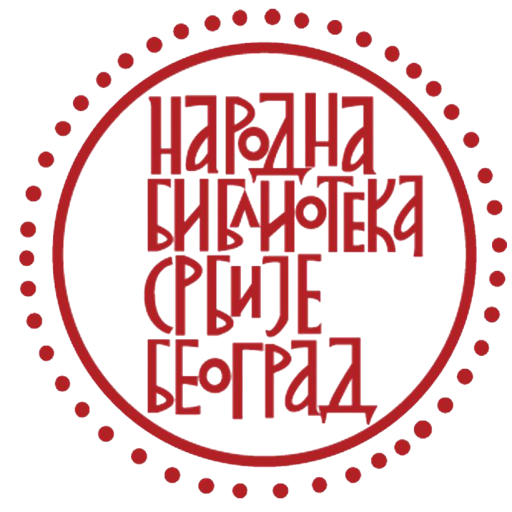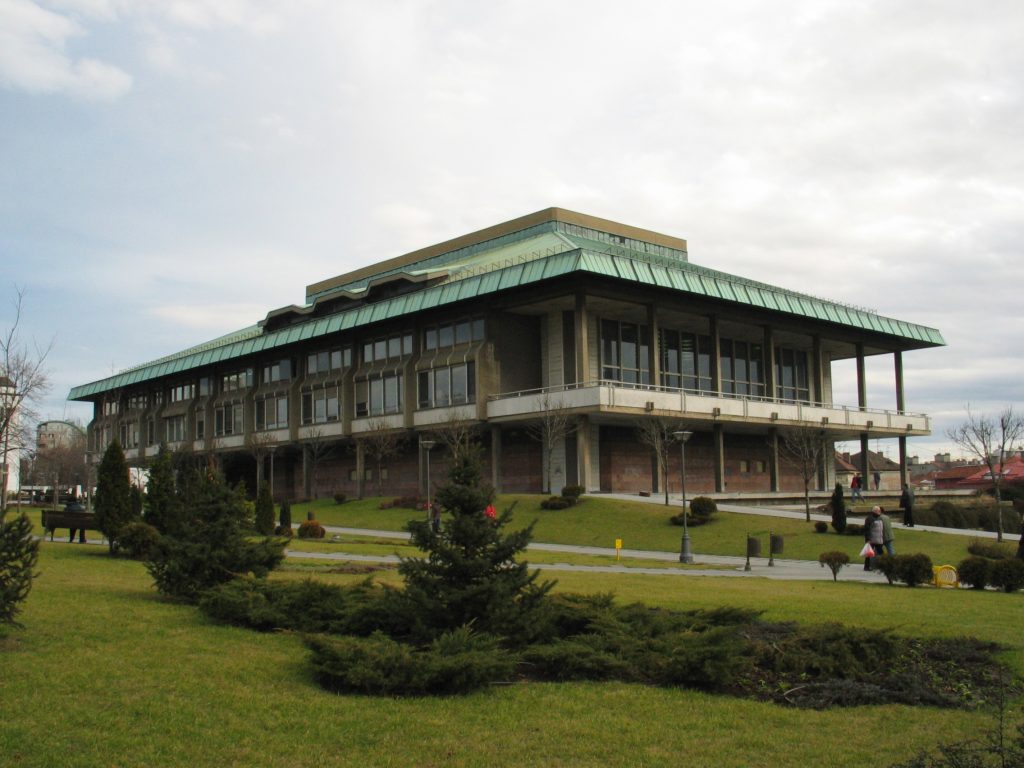- About us
-
- Catalogs and collections
-
-
- Collections
- The Collection of Handwritten Books
- Collection of Early Printed Books
- Reference Collection
- The Early Book, Rare Book and Miniature book Collections
- The collection of more recent literary manuscripts and archival materials
- Legal Information Centre
- Centre for Library and Information Sciences
- Music collection
- Visual Art collections
- Collection of CD Editions
- Cartographic Collection
- The Collection of Photographic Documents
- Other Special Collections
- Legacy Collections
- Collections
-
- Publications
- Services
- Ask librarian
- Contact
Collection of Early Printed Books
It’s plausible to suggest that the birth of the original Collection of Early Printed Books aligns with the Library’s establishment on 15 (27) February 1832, despite the first recorded mention of the acquisition of such books occurring in 1838. However, the systematic acquisition of early printed books didn’t commence until the early 1860s. Consequently, the influx of early printed books into the Library’s holdings can be traced back from that point forward. Prior to World War I, the count of early printed books stood at 219 copies, with a minor uptick just before World War II. Despite successfully avoiding significant losses during WWI, except for the coloured edition of Božidar Vuković’s Festal Menaion, later found at the Chester Beatty Library in Dublin (W 149), the original Collection of Early Printed Books met complete destruction in the fire caused by the German bombing of Belgrade on the night between 6 and 7 April 1941. This catastrophe led to the irreversible loss of nearly 230 early printed books alongside the invaluable manuscript collection. Soon after the destruction of the building at Kosančićev venac, the library management, with support from relevant state authorities and the collaborative effort of scientific and cultural communities, as well as society at large, launched a systematic restoration project for the book collection. This initiative placed particular emphasis on collecting manuscripts and early printed books.

The current Collection of Early Printed Books holds a total of 101 library units. It predominantly features printed Cyrillic editions in the Serbian variant of Old Slavonic, but it also contains some books written in other national variants of the same language. Within the Serbian editions, printed between the late 15th and mid-17th centuries, this compilation boasts the oldest Cyrillic books, standing as the only incunabula produced in the South Slavic region. These editions were published by Đurđe Crnojević and printed in Cetinje just before the Turkish conquest of Zeta. However, the majority of the books in this collection originate from Venice, which was renowned for its extensive print production. Notably, the works of Božidar Vuković and his son Vićenco dominate the Serbian editions from Venice, complemented by Cyrillic publications from their successors and adherents: Stefan of Skadar, Jerolim Zagurović, Stefan Paštrović and Bartolomeo Ginammi. Alongside these Venetian editions, the Collection showcases publications printed in cities and monasteries within the Serbian ethnic region under Ottoman rule: Goražde, Mileševo, Gračanica, Belgrade and Mrkšina crkva. Among the books in other Old Slavonic variants, Wallachian and Russian Cyrillic editions prevail (Coresi’s Festal Menaion (1580), Jovan Matija Basaraba’s Breviary (1635), Ivan Fyodorov’s Bible from Ostrog (1581), Peter Mogila’s Liturgiary (1629), among others). Apart from Cyrillic editions, the Collection houses Tractatus quidam de Turcis (1481), the only incunabula printed in the Latin script and the oldest book preserved within the Collection.


